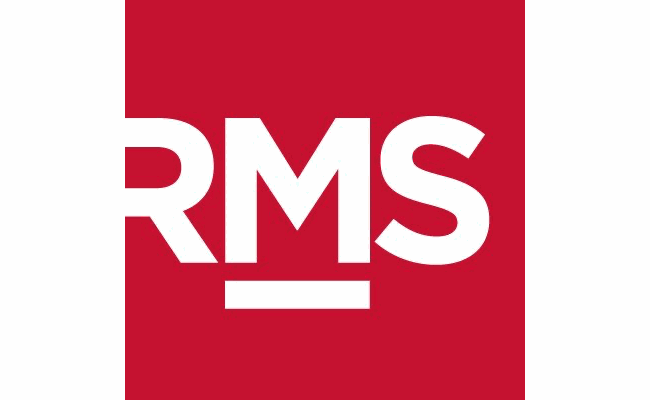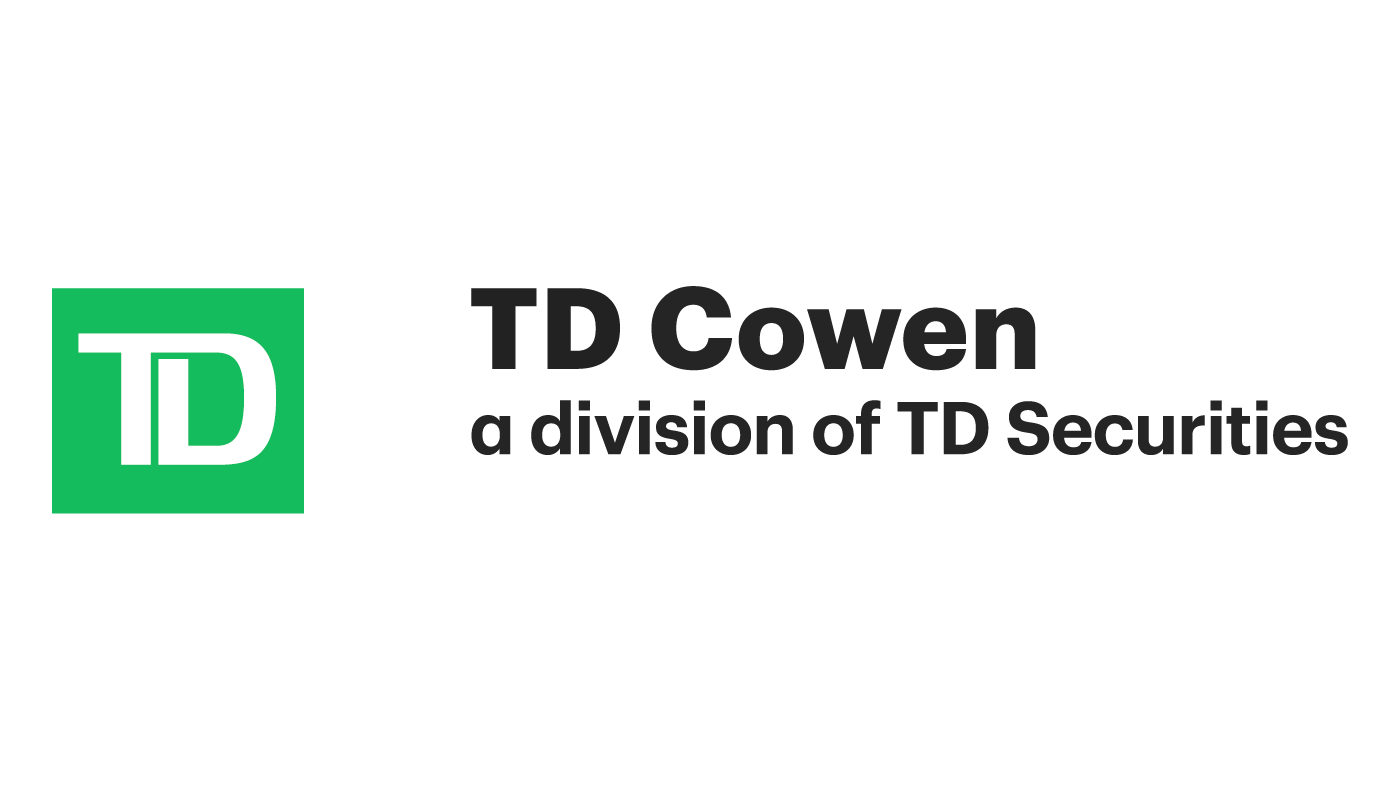
Catastrophe risk modelling firm RMS has now added a further $6 billion to $9 billion of insurance and reinsurance market losses to its industry estimate for recent hurricane Ida, adding the expected flood toll further north and taking the total estimate range to $31 billion to $44 billion.RMS’ estimate is more all-encompassing than others, in that it includes losses to the NFIP as well as private insurers from flooding.Previously, and for comparison, the estimate stood at , while rival risk modeller AIR Worldwide pegged hurricane Ida’s insurance and reinsurance market loss at $20bn – $30bn.Other analysts and observers are all largely looking at something above $30 billion by now, as once the impacts running into the north eastern and Mid Atlantic states were included, and investment bank Jefferies were much more precise at $32.2 billion.
So, RMS’ total hurricane Ida insured loss estimate, to public and private markets, of between $31 billion and $44 billion, seems about right, although still quite a wide range that reflects the ongoing uncertainty in how this catastrophe loss will develop.RMS’ addition of between $6 billion and $9 billion is to include the inland flooding impacts in the Ohio Valley, Mid-Atlantic, and Northeast U.S.regions.
Of that, some $4.5 to $7 billion will fall to private market insurers, with an additional $1.5–$2 billion falling to the National Flood Insurance Program (NFIP), RMS explained, taking the total NFIP estimate to between $3.8 billion and $6 billion.The wind and surge loss estimate for the insurance and reinsurance market from RMS remains at $21 billion to $28 billion, while offshore energy losses are still pegged at up to $1.5 billion.“Ida will be remembered as a wind and storm surge event in the Gulf of Mexico, and a flood event in the Mid-Atlantic and Northeast U.S.
The storm’s remnants brought historic amounts of rainfall over just a few hours to some of the most exposure-dense areas in that part of the country.Many locations from Philadelphia to New York City experienced six-hourly rainfall totals in excess of 100-year return period levels, which is beyond building design standards in that region, causing widespread fluvial and pluvial flooding.The fact that this region also experienced heavy rainfall from Tropical Storm Henri a few weeks prior created saturated antecedent conditions that exacerbated the extent and severity of flooding in Ida,” explained Jeff Waters, Senior Product Manager, RMS North Atlantic Hurricane Models.
“RMS expects insured losses associated with precipitation-induced inland flooding to be material in the Mid-Atlantic and Northeast, even though a sizable flood protection gap remains.RMS estimates total economic losses from flooding in this region to be over US$15 billion, meaning that the majority of flood damages for this event will be uninsured.Many properties in New York and New Jersey had inundated basements in areas outside the designated FEMA special flood hazard areas (SFHAs), which drive the requirement for homeowners to obtain a flood insurance policy.
While such losses will unlikely be covered unless they have a flood insurance policy, the pressure to expedite claims processing in this region is likely to cause coverage leakage as frequently seen with storm surge.We expect a portion of the uncovered flood-related losses in Ida to be paid out on wind policies, especially for residential lines without NFIP coverage,” added Firas Saleh, Director, RMS U.S.Inland Flood HD Model.
RMS warns of the chances of significant post-loss amplification of claims, as a range of complications serve to drive the bill higher for insurers.As ever, this type of claims amplification can also become a source of loss creep for the reinsurance and insurance-linked securities (ILS) market and suggests that hurricane Ida will not be an industry loss that settles quickly.“We expect a sizable portion of the overall insured losses from Ida to be associated with post-event loss amplification.
A combination of COVID-19 related impacts, including rising construction costs, labor shortages, and fewer loss inspections could contribute to economic demand surge as repairs are undertaken in the coming months.That, along with prolonged power outages will only lengthen recovery and repair times, all of which may lead to increased overall claim costs in this event,” Rajkiran Vojjala, Vice President, Model Development, RMS explained.On top of all of this, RMS also adds another $100 million for losses due to hurricane Ida in the Caribbean.
The mid-point of RMS industry loss estimate for hurricane Ida is $37.5 billion, which compares to just $25 billion from AIR.Taking out the NFIP loss mid-point estimate reduces RMS’ industry estimate to $32.6 billion, then reducing by removing a load for the offshore energy losses, that AIR does not include in its estimate, further reduces RMS’ to $31.5 billion.– .
– .– .– .
– .– .– .
– .– .– .
– .– .– .
– .– .– .
– .– .– .
– .– .– .———————————————————————.
All of our Artemis Live insurance-linked securities (ILS), catastrophe bonds and reinsurance can be accessed online.Our can be subscribed to using the typical podcast services providers, including Apple, Google, Spotify and more.
Publisher: Artemis








